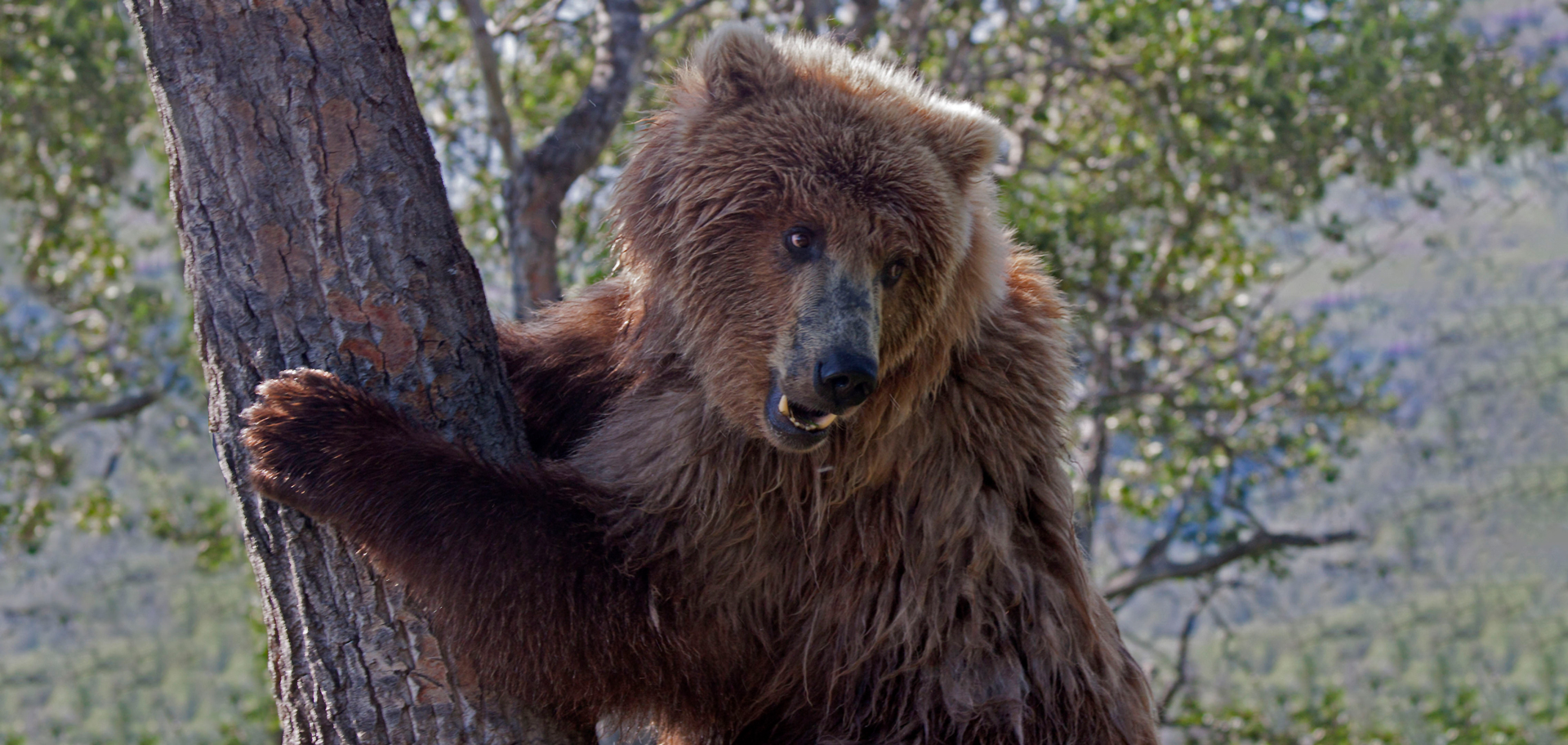
Can Grizzly Bears Climb Trees? A Comprehensive Exploration
Grizzly bears, known for their impressive size and strength, are often perceived as lumbering giants that are not particularly agile. However, one question that frequently arises is whether these powerful animals can climb trees. This article delves into the climbing abilities of grizzly bears, comparing them with other bear species, exploring their anatomy, behavior, and the implications of their climbing skills in the wild. Additionally, a FAQ section will address common inquiries about grizzly bears and their climbing capabilities.
Overview of Grizzly Bears
Grizzly bears (Ursus arctos horribilis) are a subspecies of the brown bear found primarily in North America. They inhabit a range of environments, including forests, mountains, and tundra. Grizzlies are known for their distinctive hump on their shoulders, which is composed of muscle used for digging and running. They can weigh between 400 to 1,500 pounds and stand up to 8 feet tall when on their hind legs.
Physical Characteristics
- Size: Adult grizzlies typically weigh between 300 to 800 pounds.
- Claws: Their claws are long and curved, measuring up to 4 inches in length. These claws are adapted for digging rather than climbing.
- Fur: Grizzlies have thick fur that varies in color from light brown to nearly black.
Habitat
Grizzly bears are primarily found in Alaska, western Canada, and parts of the contiguous United States, including Yellowstone National Park and Glacier National Park. They prefer habitats with abundant food sources such as berries, fish, and small mammals.
Can Grizzly Bears Climb Trees?
Climbing Abilities
While grizzly bears can climb trees, they are not as adept at it as black bears (Ursus americanus). The climbing ability of grizzlies is influenced by several factors:
- Weight: Grizzlies are heavier than black bears, which makes climbing more challenging.
- Claw Structure: Their claws are longer and more suited for digging than for gripping tree bark.
- Age: Young grizzlies (cubs) can climb more easily than adults due to their smaller size and more flexible claws.
Comparison with Other Bear Species
| Bear Species | Climbing Ability | Weight Range | Claw Length |
|---|---|---|---|
| Grizzly Bear | Moderate | 300 – 1,500 lbs | Up to 4 inches |
| Black Bear | Excellent | 100 – 600 lbs | Up to 2 inches |
| Polar Bear | Poor | 900 – 1,600 lbs | Up to 3 inches |
Climbing Behavior
Grizzly bears may climb trees for various reasons:
- Evading Predators: Cubs may climb trees to escape from larger predators or aggressive adult bears.
- Foraging: They may climb to reach food sources such as fruits or bird nests.
- Resting: Occasionally, grizzlies may climb trees to find a comfortable resting spot.
Observations in the Wild
Reports from wildlife experts indicate that while adult grizzlies can climb trees, they do so less frequently than black bears. For example:
- Katmai National Park: Observers have noted adult grizzlies climbing trees when searching for food or evading threats.
- Denali National Park: The National Park Service has documented instances where young grizzlies climbed trees effectively.
Factors Influencing Climbing Ability
Several factors can influence a grizzly bear’s ability to climb:
- Tree Type: Trees with ladder-like branches or softer bark are easier for bears to climb.
- Age and Size: Younger bears tend to be more agile than older ones.
- Motivation: Bears may be more inclined to climb if food is present or if they feel threatened.
Safety Considerations for Humans
When encountering a grizzly bear in the wild:
- Do Not Climb Trees: Contrary to popular belief, climbing a tree is not a safe escape method from a charging bear. Grizzlies have been known to follow humans into trees.
- Stay Calm: If you encounter a bear, remain calm and avoid sudden movements.
- Make Yourself Look Bigger: Stand tall and wave your arms slowly to appear less like prey.
Conclusion
Grizzly bears possess the ability to climb trees; however, they do so less efficiently than black bears due to their size and claw structure. While young cubs can navigate trees with ease, adult grizzlies may only climb when necessary. Understanding these behaviors helps dispel myths surrounding these magnificent creatures while promoting safety in bear country.For further information on grizzly bears and their behaviors, you can refer to Wikipedia.
Frequently Asked Questions (FAQ)
Can grizzly bears climb trees?
Yes, grizzly bears can climb trees but not as efficiently as black bears due to their size and claw structure.
Why do grizzly bears climb trees?
Grizzly bears may climb trees to evade predators, forage for food, or find a resting spot.
Are young grizzly bears better climbers than adults?
Yes, young grizzly bears (cubs) are generally better climbers than adults due to their smaller size and more flexible claws.
How should I react if I encounter a grizzly bear?
Stay calm, avoid sudden movements, make yourself look bigger, and do not attempt to climb a tree.
Do all bear species climb trees?
Not all bear species are equally adept climbers; black bears excel at climbing while polar bears do not typically climb at all.
What should I do if a bear follows me into a tree?
If you find yourself in this situation (which is rare), remain calm and wait for the bear to leave before climbing down slowly.
Are there any safety tips for hiking in areas with grizzly bears?
Always make noise while hiking to avoid surprising a bear, travel in groups if possible, and carry bear spray as an additional precaution.By understanding the climbing abilities of grizzly bears along with appropriate safety measures when encountering them in the wild, individuals can appreciate these magnificent animals while ensuring their own safety in bear territory.


